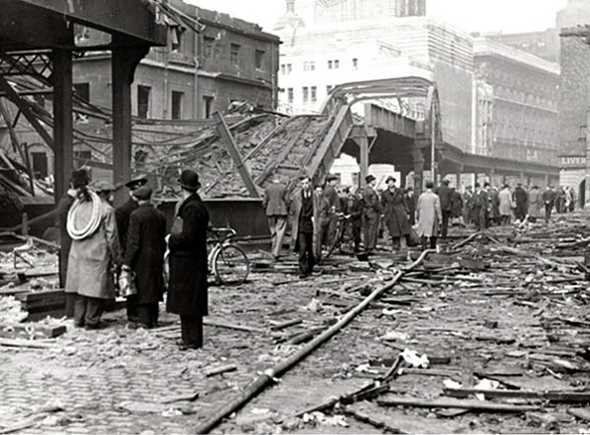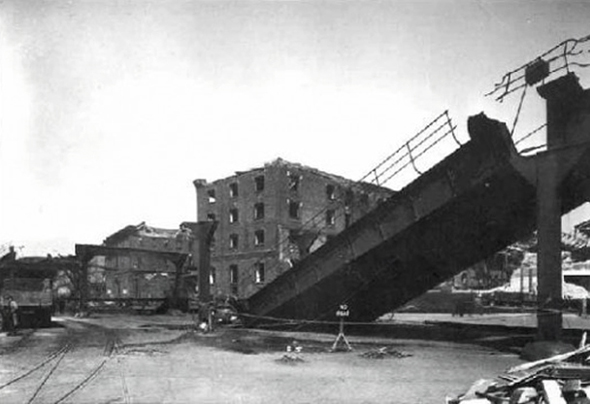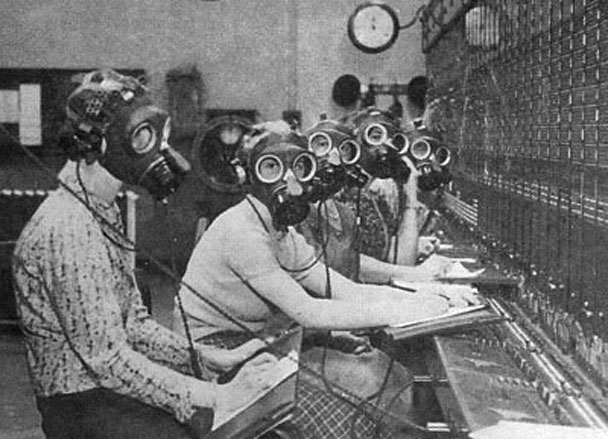Today St. Luke’s Church still stands prominently at the top of Bold Street, on the corner of Berry Street and Leece Street, as an enduring symbol and reminder of the tragic destruction caused by the Blitz in the Second World War. The church was hit by an incendiary bomb on Monday 5th May 1941 and the ensuing fire was described by the Liverpool Echo as “magnificent“.
Sadly St. Luke’s could not be saved. The city was burning as a result of the prolonged attack by the Luftwaffe; fire fighters and relief workers were already stretched to the limit. In the early hours of Tuesday May 6th local residents who were sheltering in the nearby basements of Roscoe Place reported hearing the great bell fall from the tower.


Photographs above © R Brown and J Parry 1931
A fantastic example of neo-gothic architecture, St. Luke’s had been the focus of community life for those who lived an worked in the area for just over a century. It had taken John Foster and his son nearly 30 years to design and build, yet it took the Luftwaffe a single night to destroy it…

A burnt out shell, commonly known locally as “the bombed-out church“, it was bought from the Church of England by Liverpool City Council in 1968 and became a garden of remembrance to commemorate the thousands of local men, women and children who died as a result of the bomb attacks on their city. It remains one of Liverpool’s best loved landmarks.
For more information visit historian Jonathan Wild’s informative website devoted to St. Luke’s Church.












 About
About